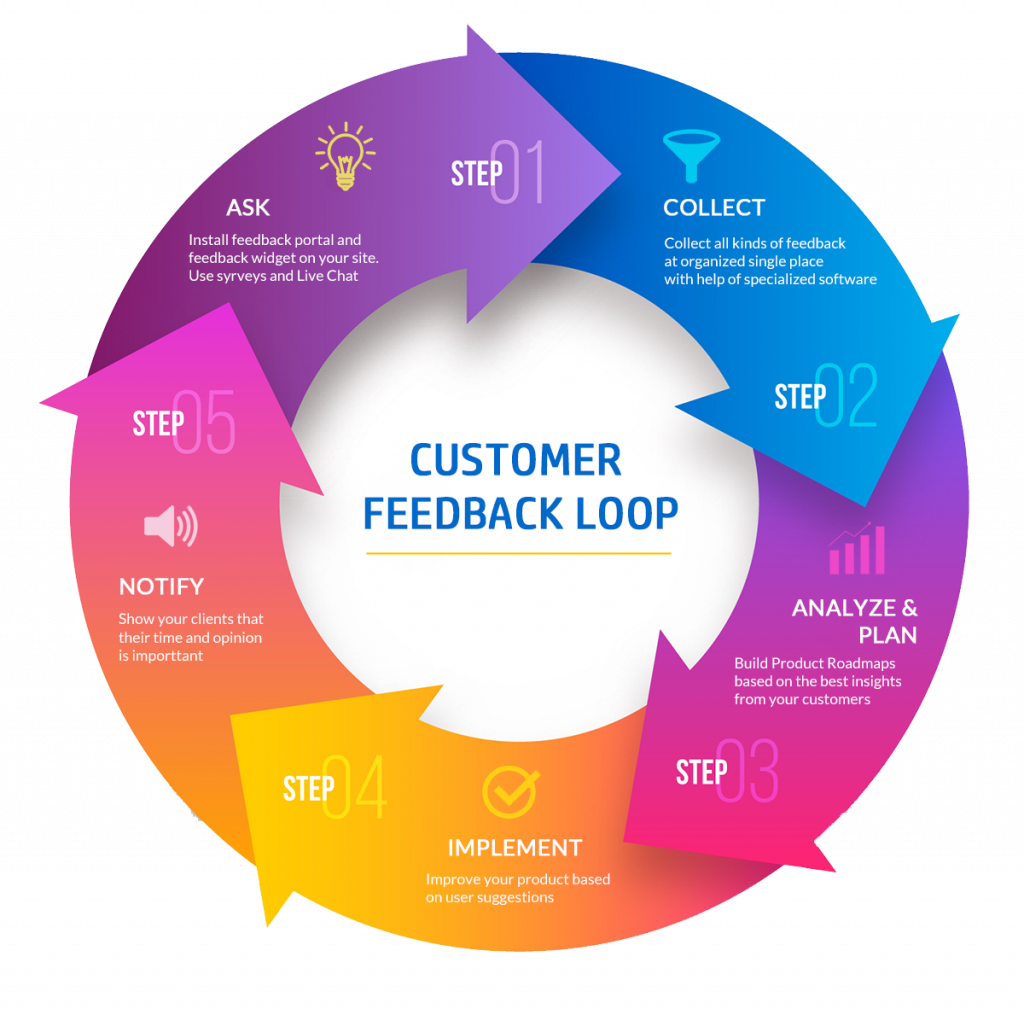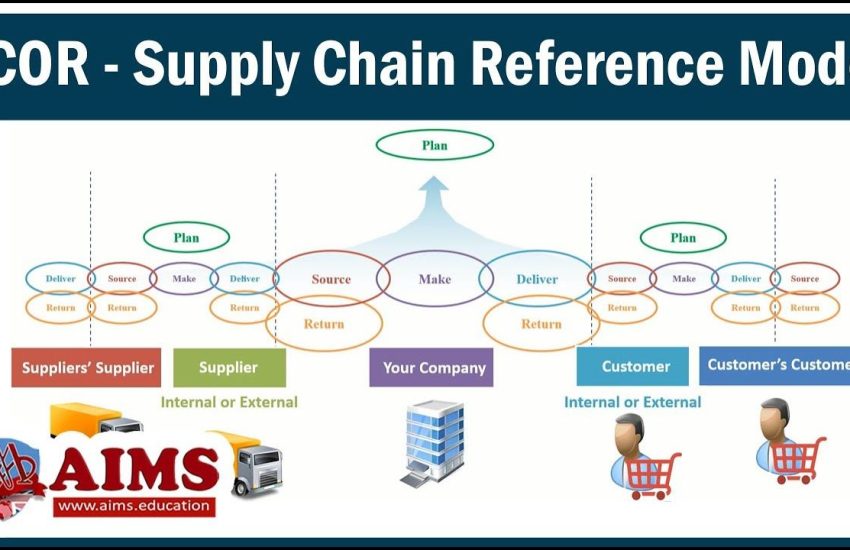Customer Feedback Surveys: Improving Satisfaction
Customer feedback surveys are crucial for businesses looking to improve their overall customer satisfaction. By gathering feedback directly from customers, businesses can identify areas of improvement and make informed decisions to enhance their products, services, and overall customer experience.
The Importance of Customer Feedback
Customer feedback is a valuable source of information as it provides businesses with insights into their customers’ thoughts, preferences, and experiences. It allows businesses to understand what their customers like and dislike, helping them tailor their offerings to better meet customer needs. Moreover, customer feedback also highlights any gaps or issues in a company’s existing products or service delivery, enabling businesses to take proactive steps to address them.
Without the feedback loop that customer surveys provide, businesses risk making assumptions about their customers’ satisfaction levels, which can lead to missed opportunities and declining customer loyalty. Implementing customer feedback surveys ensures businesses have a finger on the pulse of their customer base, enabling them to stay ahead of the competition.
Designing Effective Customer Feedback Surveys
To extract meaningful insights from customer feedback surveys, businesses need to design them carefully. Here are a few key considerations:
1. Clear and Focused Questions
The questions within a customer feedback survey should be clear, concise, and easy to understand. Avoid using jargon or complex language that may confuse respondents. Furthermore, it is essential to ensure that each question is focused on obtaining relevant information that aligns with the survey’s objectives.
2. Balanced Rating Scales
When designing survey questions that require a rating or ranking, it is crucial to use balanced scales. This means providing an equal number of positive, negative, and neutral options to prevent response bias. A balanced rating scale offers a fair and accurate representation of customer sentiment.
3. Open-Ended Questions
In addition to close-ended questions, which provide specific options for respondents to choose from, incorporating open-ended questions into the survey allows customers to express their thoughts freely. These questions give customers an opportunity to provide more detailed feedback, suggestions, or elaborate on their experiences.
4. Proper Timing
The timing of customer feedback surveys plays a significant role in obtaining accurate and helpful responses. Avoid bombarding customers with surveys immediately after their interaction with the company, as they may not have had enough time to reflect on their experience. Similarly, sending surveys too long after an interaction may result in lower response rates.
5. Mobile Optimization
With the increasing use of mobile devices, it is crucial to ensure that customer feedback surveys are mobile-friendly. Optimizing the survey for mobile devices allows customers to respond conveniently from anywhere, resulting in higher response rates and more accurate data.
Using Customer Feedback to Enhance Satisfaction
Gathering customer feedback is only the first step; the real value lies in how businesses analyze and implement the insights gained from those surveys. Here are some ways customer feedback can help improve satisfaction:
1. Identifying Pain Points
Customer feedback surveys help identify pain points in a business’s products or services. By understanding the aspects that frustrate or disappoint customers, businesses can take targeted actions to address and rectify these issues, ultimately improving customer satisfaction levels.
2. Personalizing Customer Experience
Feedback surveys enable businesses to gain a deeper understanding of their customers’ preferences and expectations. By analyzing survey responses, businesses can tailor their offerings and experiences to match individual customer needs, creating a more personalized and satisfying experience for each customer.
3. Enhancing Product or Service Offerings
Continuous customer feedback helps businesses stay up to date with evolving customer demands and preferences. By analyzing feedback trends, businesses can identify areas for improvement and make necessary updates or additions to their products or services, ensuring they meet customer expectations effectively.
4. Building Customer Loyalty
Actively seeking and acting on customer feedback demonstrates a commitment to customer satisfaction. By implementing changes based on feedback received, businesses show customers that their opinions are valued, which fosters loyalty. Satisfied customers are more likely to become repeat customers and brand advocates.
In Conclusion
Customer feedback surveys are an invaluable tool for businesses striving to improve customer satisfaction. By implementing effective survey designs and leveraging the insights gained, businesses can identify areas of improvement, personalize experiences, enhance their offerings, and build strong customer loyalty. Listening to the voice of the customer is a fundamental aspect of successful business growth in today’s highly competitive markets.


